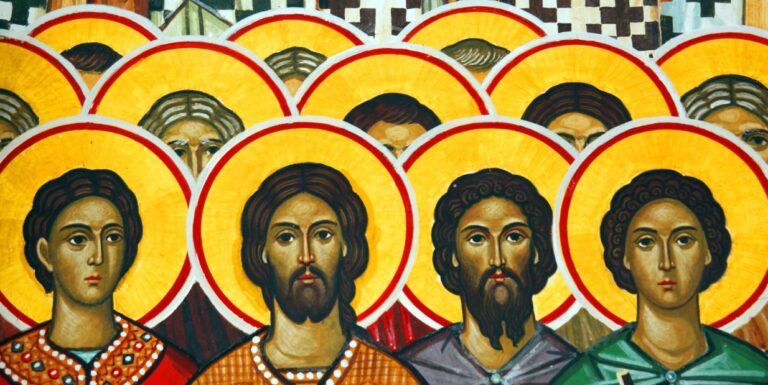
IMMACULATE CONCEPTION OF THE BLESSED VIRGIN MARY

The Immaculate Conception is a relatively new feast (established universally in 1854), and so there isn’t a long tradition of devotions and customs for this day. Evidently in 1854 people put lit candles in paper lanterns to show their joy at the declaration of this teaching, and it became an annual tradition in Colombia. Putting candles in windows is a Christmas custom too, so why not make the night of December 7 a step on the way to Christmas by putting out Christmas candles? It gets so dark so early in December that this would make good Canadian sense.
But there are other Canadian elements. While we call today a feast of Mary, it celebrates the pregnancy of Saint Anne – an early name of the feast was the Conception of Saint Anne – and devotion to Saint Anne is a key element in French-Canadian and Native spirituality – so devotions to her could be a part of this feast too.
The feast should be an opportunity for people everywhere to celebrate what Saint Anne’s pregnancy has in common with all those who give birth. In some countries December 8 was Mother’s Day, but I wonder if this couldn’t be a day of prayer for all those couples who are with child and those who are trying to conceive.
And just to clear up any confusion out there, the Immaculate Conception is different from other pregnancies because God – knowing ahead of time that Mary would give a complete ‘yes’ to the plan for salvation – excused Mary from original sin, and so when Saints Anne and Joachim conceived her, it is said to be immaculate, which literally means ‘without sin.’
–Glenn Byer, author of Mass Appeal series, Via Lucis, and Like Spokes on a Wheel


